Extraordinary English Experience
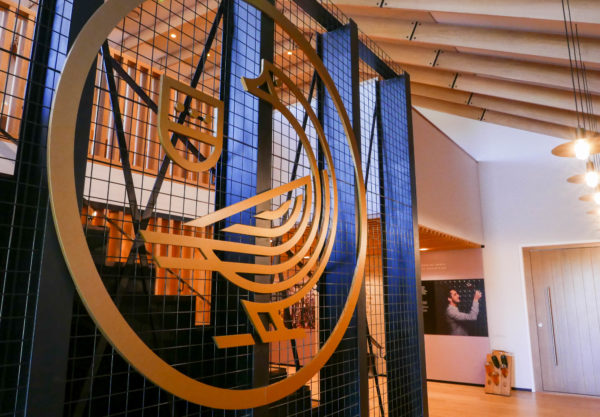
Dionysus must have heard my prayer for more knowledge about English wines. I had an opportunity to go to England, and of course, I had to take this chance to book a winery tour. I wanted to do a couple of winery tours to get more out of the trip, but after researching the wineries, I realized that it is quite difficult to do more than one. As you can imagine, for England, winemaking is as new as Brexit, so wine tours are not as structured as those in the States or in Old World wine countries. Also, the wineries are far from each other, unlike Rioja, where we could walk from winery to winery. So unless you know how to drive on the left side of the road or have a lot of money to hire a driver, it’s not easy to do more than one winery visit at a time. I was bummed about that, but this meant I had to make the most out of it. After researching for days, I decided to do a tour at Gusbourne Estate Vineyard.
I booked the wine tour via email with Dan, who was extremely helpful and sweet. I was originally going to travel via Uber, but he recommended I travel by train and taxi service, which saved me at least $150. I booked the train ticket from London Bridge to Ashford, and the plan was to travel by taxi from the train station to the winery. After an hour and 15 minutes of travel on the train, we got off at the Ashford International Station, took a cab to the winery. Little did we know, how rural Ashford was. As soon as we got in the cab, we had to get out of it, because cabs in Ashford don’t take credit cards. So, not used to carrying cash on us, we didn’t have any. We had to withdraw money from an ATM machine and got charged a million dollars for it. If you are planning on going to winery tour in England, planning on bringing at least £65 in cash (a round trip to the winery from the train station was around 60 pounds). It took about 20 minutes for us to get to the winery from the station via taxi. Wine tours being new to England, they didn’t have a clear sign, so it was no surprise that we almost missed the winery entrance.
When we arrived, I was surprised that the only people waiting were Cheryl, our tour guide, and Alice, a Gusbourne employee. Usually, the winery tour is given to a group of 10-15 people by appointment. If your group is small, it usually gets paired up with other smaller group. It turns out that we were the only people who booked an appointment for that tour! I always prefer a smaller group to a larger group, so this was a huge win for me. Frankly, even Cheryl and her team were surprised that American tourist was visiting. They don’t do heavy marketing for their wine yet, so it was unexpected for them (just like how my friends were shocked when I told them I was going to England for a winery tour).
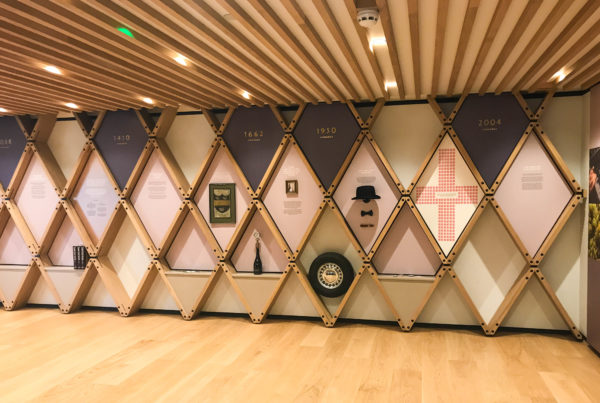
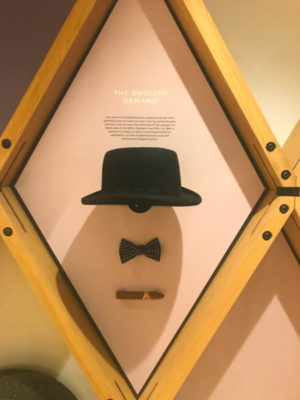
If you have been to a lot of winery tours in the States or the Old World wine countries (in my case, only Spain), you would find Gusbourne Estate underwhelming yet pleasant. It’s obviously not Napa, which is known as Disneyland for adults. It’s not Rioja, where you see vineyard after vineyard. It’s not Finger Lakes, where you can see wine trails along the lakes. Still, you would be surprised to find Gusbourne nestled in the cozy countryside. Gusbourne Estate Vineyard, especially, was growing rapidly, and I could see it with my eyes. The tasting room will be soon demolished and a larger one will be built, and new parking spaces are being added.
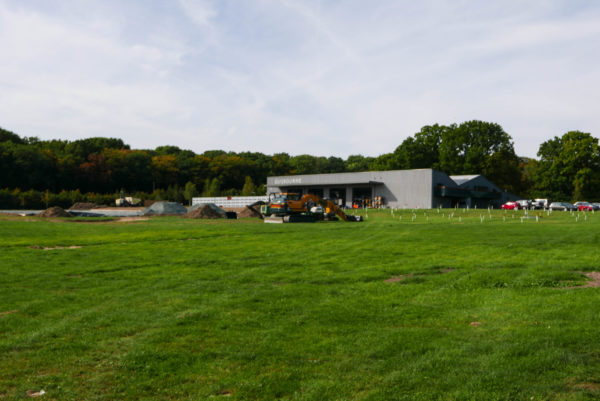
Cheryl was a wonderful tour guide, who had answers to every nitpicking question we had. She took us from the vineyard to the winery to the tasting room. She used to manage prominent wine stores in New York and New Jersey, so she was very knowledgeable about the wine world. She explained everything there is to know about Gusbourne and English wines. Kent and West Sussex, where Gusbourne is located, are the driest regions in England. The driest in England doesn’t mean it’s as dry as California or Greece. It just means drier than most of the regions in England, and English wineries face mildew and mold problems. At Gusbourne, they only grow Champagne grapes and Pinot Noir, though most planted grapes in England are Bacchus, a Silvaner-Riesling and Müller-Thurgau cross. In the valley, they grow Burgundy clone grapes, and on the hills they grow Champagne clones. Soils in the Kent and Sussex area are very much like Champagne soils, hence English wine productions are predominantly Sparkling wines made from the traditional method.

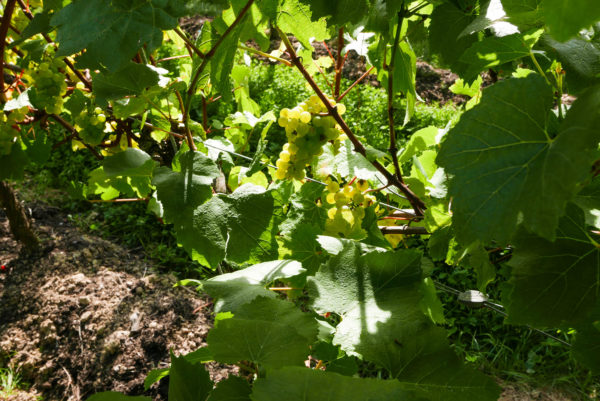

After taking the vineyard and winery tour, we sat in the tasting room and tried Rosé Sparkling, Brut Reserve, Blanc de Blanc, Chardonnay, Pinot Noir and Vermouth (they make Vermouth and Ratafia from rebêche*). Knowing how English sparkling wine tasted, I wasn’t surprised at how delicious they were. What really blew my mind was the still Pinot Noir wines. I really thought the wine would be flabby and weak, but WOWZA! It was super aromatic with violet, rose petals, ripe and juicy red fruits, and delicious spices. Whoa, the wine reminded me of Paso Robles Pinot Noirs. Really good! That just seriously blew my mind. After the guided tasting with Cheryl, I emptied my bank account by purchasing a case of Gusbourne wine. My original plan was to buy only two bottles of sparkling wine, but my rational thought was… it’s almost impossible to find English wine in the States, so we should just stock up as much as possible now, because #yolo. If you are making a trip to London anytime soon, I highly recommend you to go Gusbourne Estate, especially now, so you can get an intimate wine tour and see how English winery business is growing!
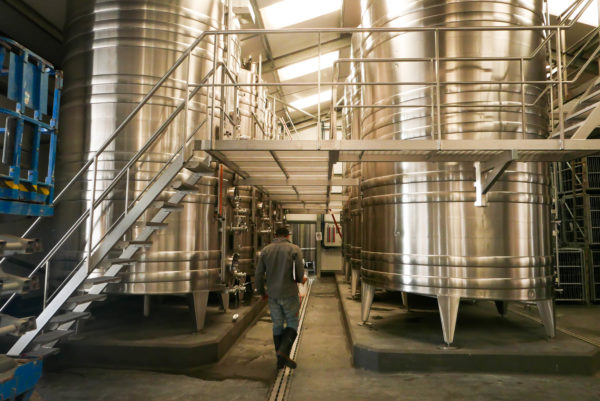

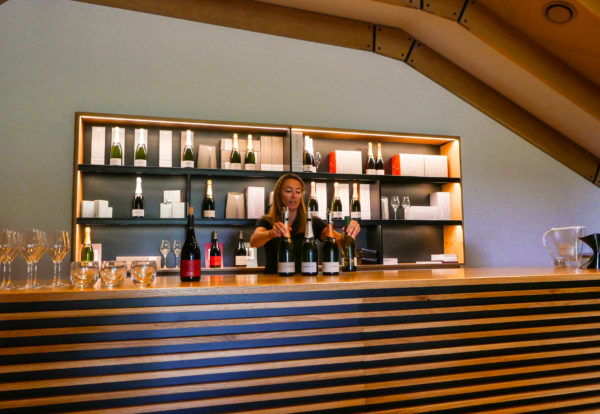
*Sparkling wine grape pressing is divided into three stages similar to spirits distilling. The first stage is called cuvée (head), the highest quality, usually reserved for tête de cuvée. The second stage is called taille (tail), the good quality juice for making house sparkling wine. The third stage is called rebêche (final pressing), juice quality not good enough to make delicate sparkling wine but great for making fortified wine.